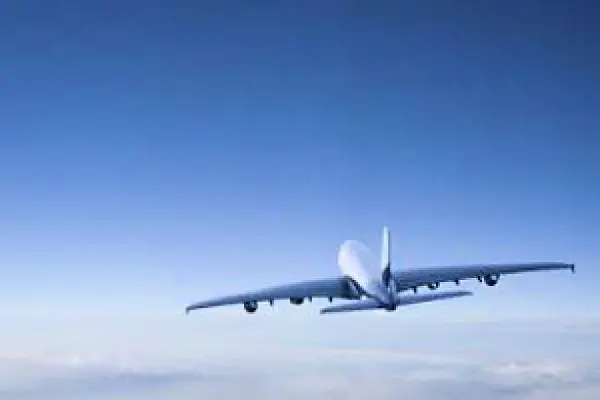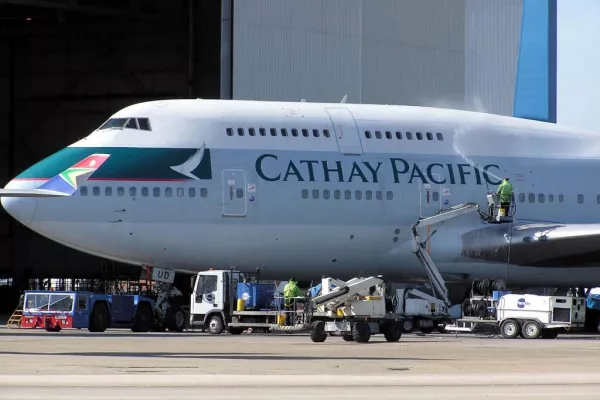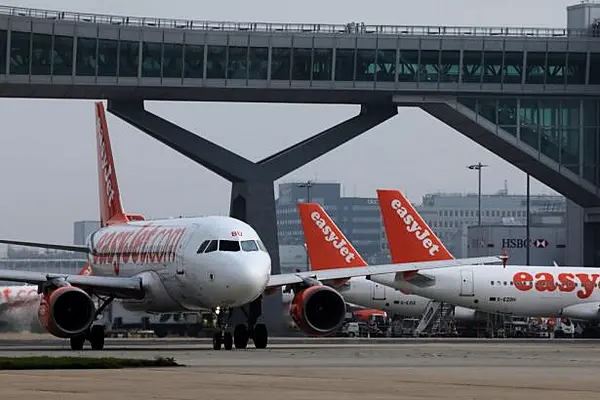Emirates Group’s first-half profit jumped 65 per cent as the world’s biggest airline on international routes added 13 wide-body jets at its Dubai hub and benefited from a decision not to hedge on fuel.
Net income rose to 3.7 billion dirhams ($1 billion) in the six months through September, with lower kerosene costs helping to offset the impact of Mideast political turmoil and a stronger US dollar that caused sales to slide 2.3 per cent to 46.1 billion dirhams.
Emirates, which turned 30 last week, said a decision not to hedge on fuel “paid off” as prices softened, allowing it cut surcharges and make fares more competitive. Airline earnings rose almost two-thirds to 3.1 billion dirhams, with ground- handling unit Dnata posting a similar gain to 557 million dirhams.
The Gulf carrier, which has exploited geographical good fortune to turn Dubai into an inter-continental crossroads, will “keep an eye out for strategic growth opportunities,” Chairman Ahmed bin Saeed Al Maktoum said in a statement, without elaborating, while “investing in new ways to improve efficiencies.”
Emirates carried 10 per cent more passengers in the half and added routes to Orlando, Bali, Multan in Pakistan and Mashhad in Iran, taking the total to 147, though occupancy levels slipped to 78.3 per cent from 81.5 per cent.
The state-owned carrier operates the world’s biggest fleet of Airbus Group SE A380 superjumbos and Boeing Co. 777s, and is studying an order for the European company’s A350-900 and -1000 variants versus the American 787-9 and -10. President Tim Clark says a purchase won’t be decided before 2016.
News by Bloomberg, edited by Hospitality Ireland









